Inactive lifestyles could be linked to infertility in young adults: Experts
Sun 29 Jun 2025, 01:30:42

Infertility is no more a topic reserved for elderly couples. More and more young adults in their 20s and early 30s are now struggling to conceive, which is becoming a major concern among doctors. While there are various contributing factors, such as poor diet, stress, and environmental toxins, one single factor stands out in the Indian context: physical inactivity.
According to Dr Aravind Badiger, Technical Director, BDR Pharmaceuticals, the sedentary lifestyle today, especially in urban India, has also increased. The long hours of work at sitting jobs, screen time for work and entertainment, and the decline in outdoor games and exercises have created a hazardous health profile among the youth of India. Unfortunately, this sedentary lifestyle is now being associated with deteriorating reproductive health in both women and men.
How does inactivity impact fertility?
1. Hormonal Imbalances
Physical inactivity contributes to insulin resistance, weight gain, and hormonal imbalance, which can affect ovulation in women and the production of testosterone in men. Disorders such as polycystic ovary syndrome (PCOS) in women, already an increasing problem in India, are further augmented by lack of physical activity. In men, low testosterone affects sperm quality as well as sexual functioning as a whole.
2. Obesity and Metabolic Disorders
Physical inactivity is a major cause of obesity, an established risk factor for infertility. Excess body fat can interfere with the balance of the sex hormones, decrease libido, and affect egg and sperm quality. It also raises the risk of developing diabetes and other metabolic
disturbances that further make conception difficult.
disturbances that further make conception difficult.
3. Increased Oxidative Stress
A sedentary lifestyle can bring about poor circulation and raised oxidative stress, which is bad for egg and sperm cells. Regular exercise improves antioxidant defence and ensures good cellular health, which is necessary for reproduction.
4. Mental Health and Stress
Infertility is also linked to mental health. Inactivity tends to create depression and anxiety, both of which tend to upset hormonal cycles and sex function. Daily physical exercise has been found to lower cortisol levels and enhance mood overall, with a secondary effect on fertility.
5. The Indian Challenge
India's urbanisation and transition to digital lifestyles have made physical inactivity a national health issue. Stigmatisation of discussing fertility, especially among youth and singles, also delays treatment and diagnosis. Young people are not even aware of the impact their daily lifestyle, from consuming processed foods to avoiding exercise, has on their reproductive health until it's too late.
5 ways to get rid of an inactive lifestyle
. Young adults must target a minimum of 30 minutes of moderate exercise per day, whether it is walking, yoga, gym, or sports.
. Avoid prolonged sitting by regularly getting up to stretch or walk around throughout the day.
. Maintain a healthy weight through a balanced diet and regular exercise.
. Limit screen time and sleep well.
. Seek early medical advice if you have fertility issues, instead of waiting until family planning.
No Comments For This Post, Be first to write a Comment.
Most viewed from Health
AIMIM News
Latest Urdu News
Most Viewed
May 26, 2020
Where should be the burial of the pilgrims martyred in the Saudi Arabia bus accident?
Latest Videos View All
Like Us
Home
About Us
Advertise With Us
All Polls
Epaper Archives
Privacy Policy
Contact Us
Download Etemaad App
© 2025 Etemaad Daily News, All Rights Reserved.





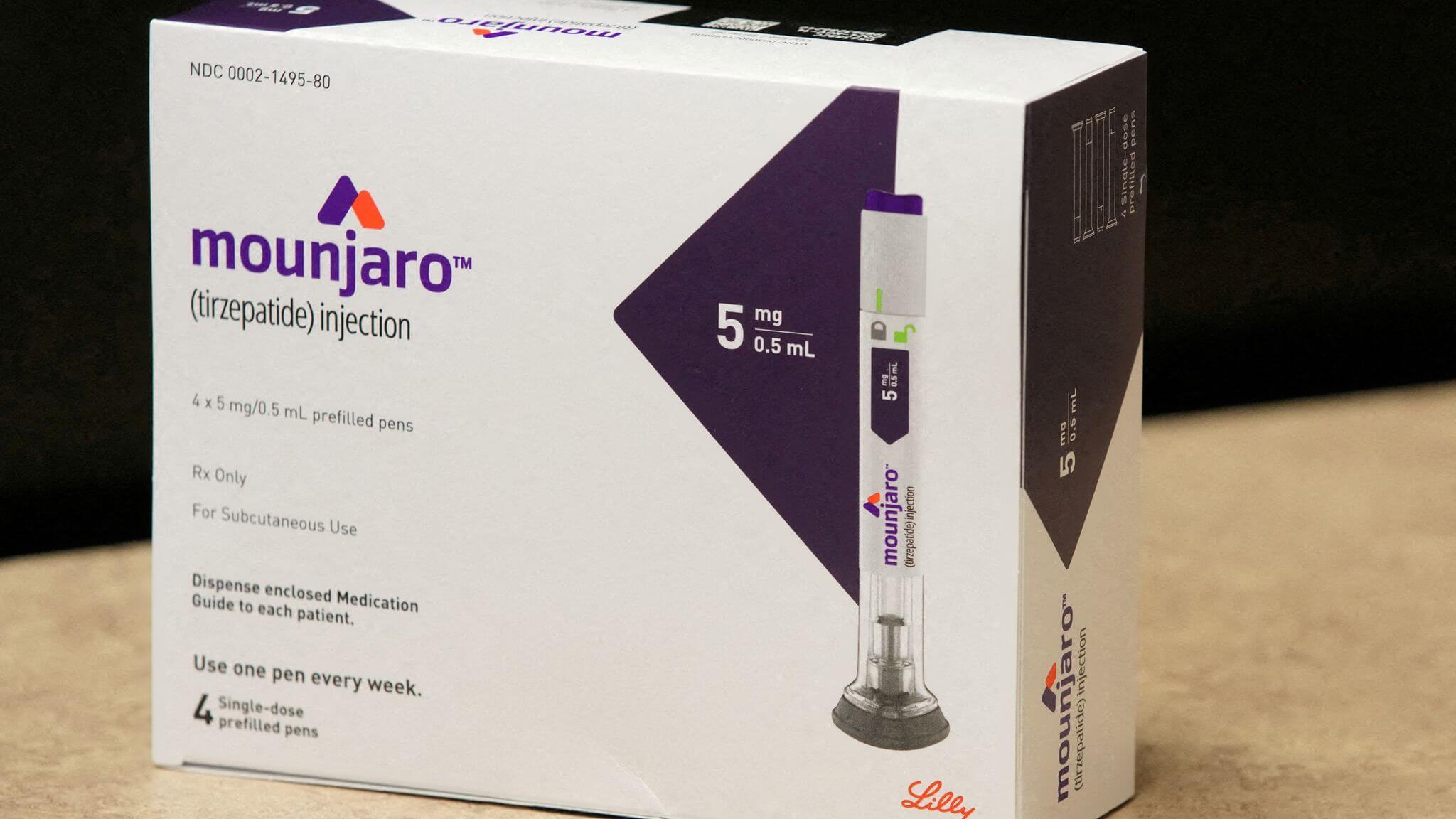

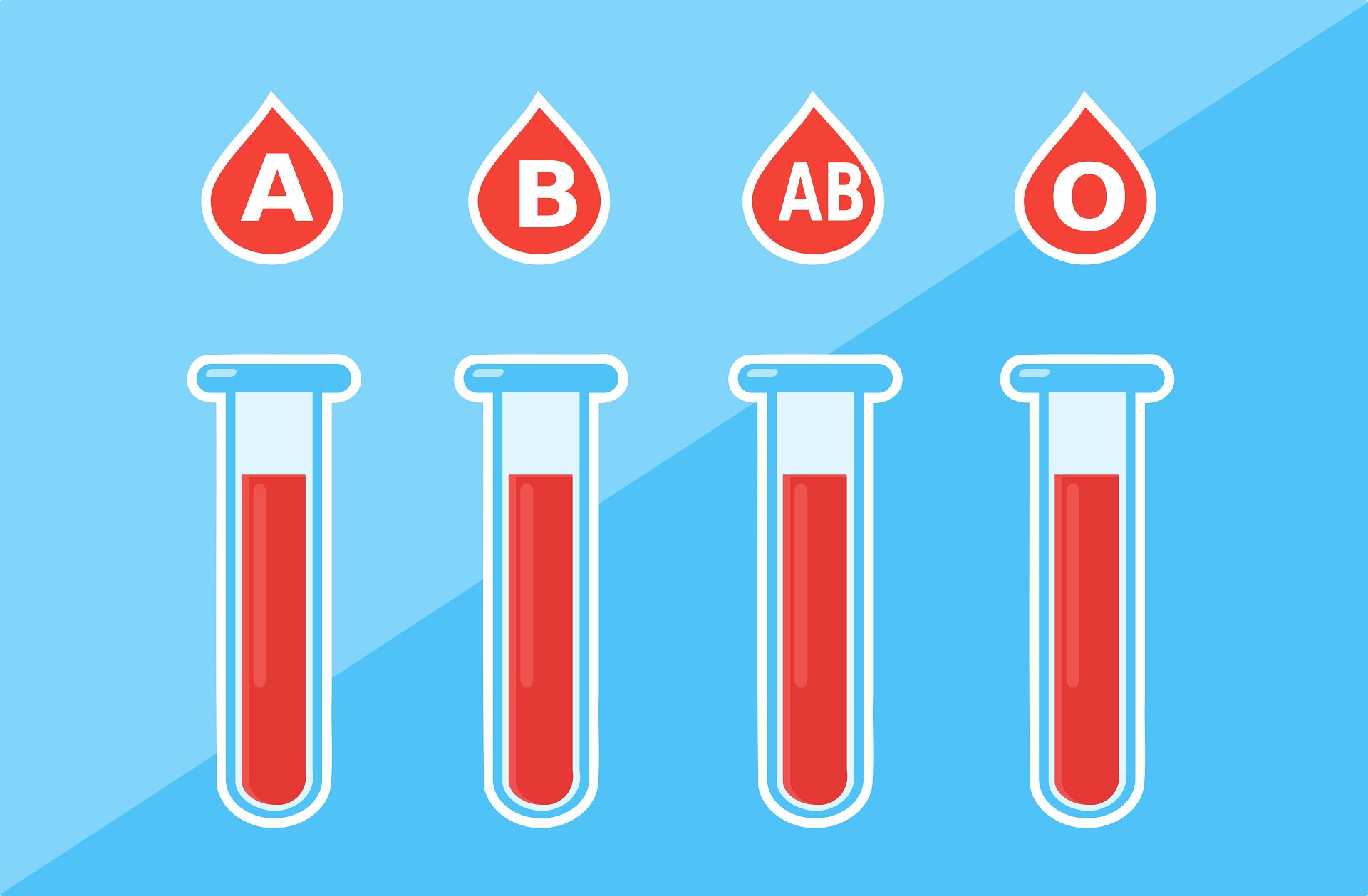


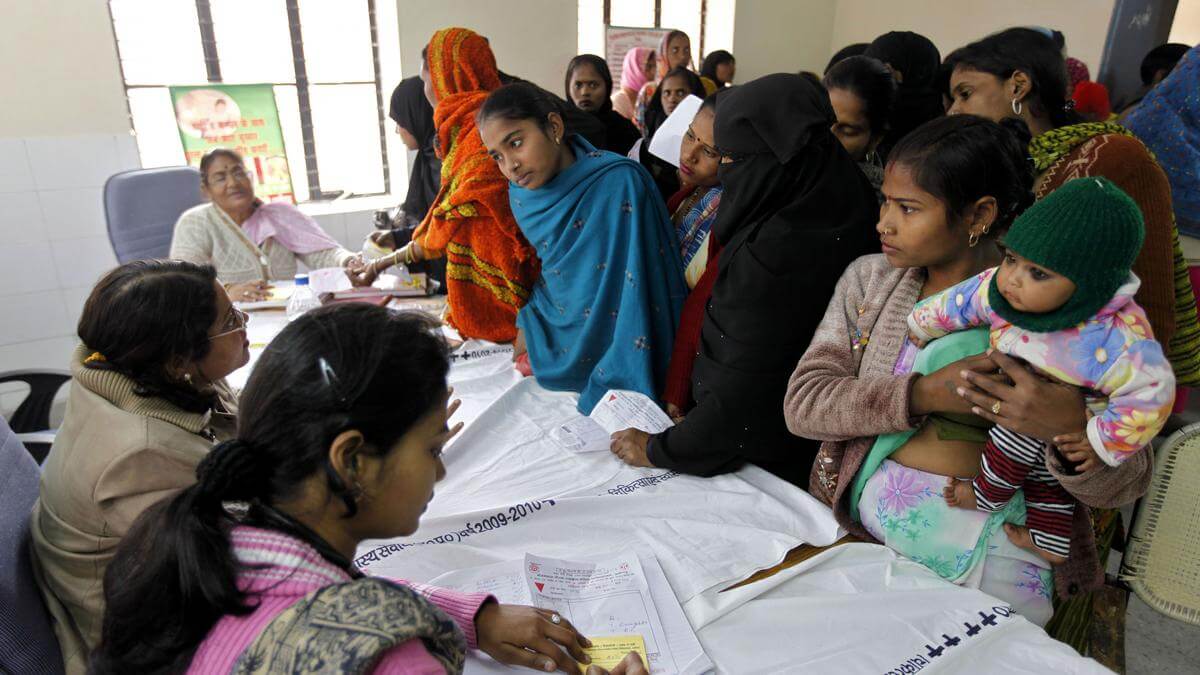









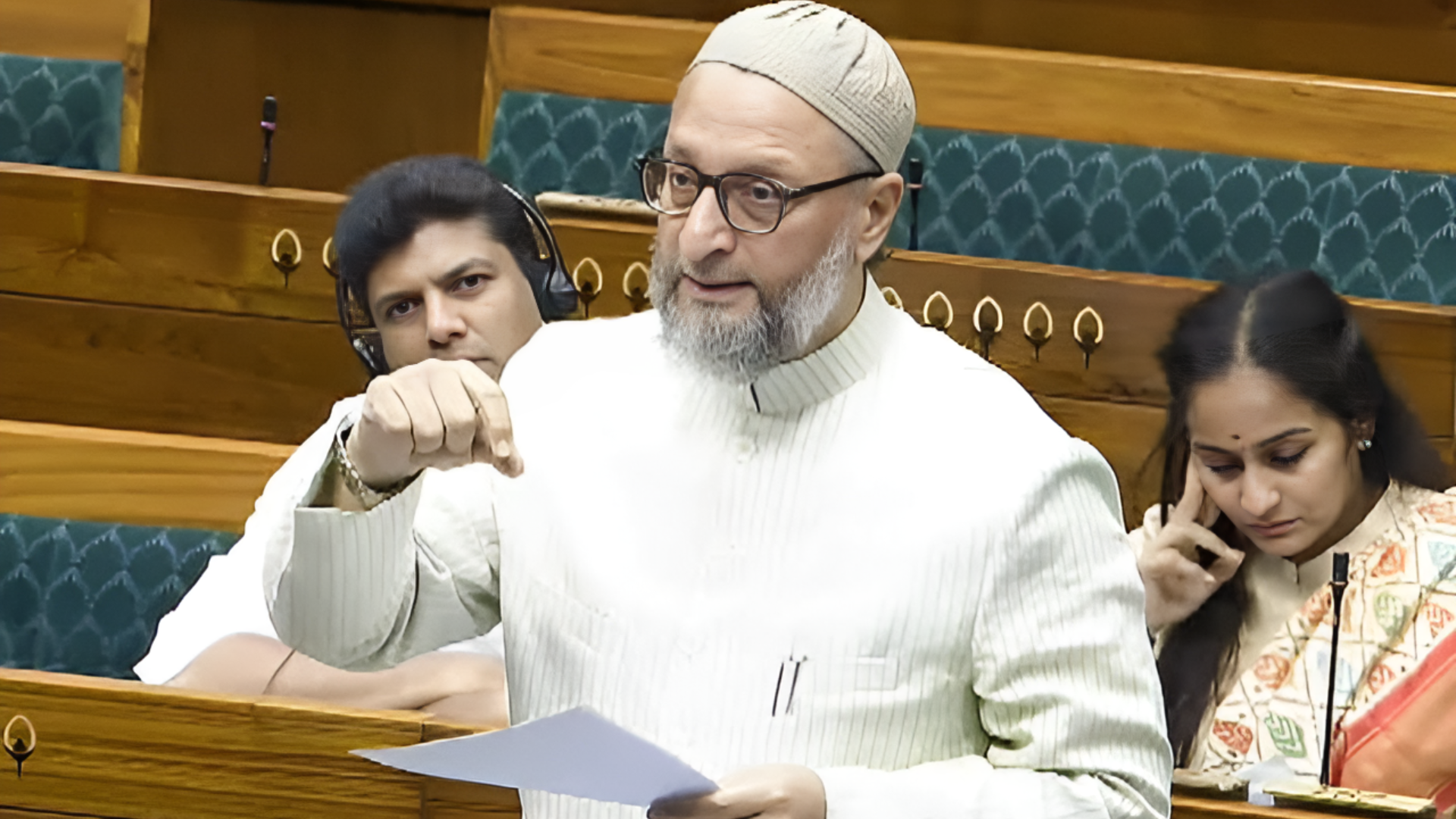



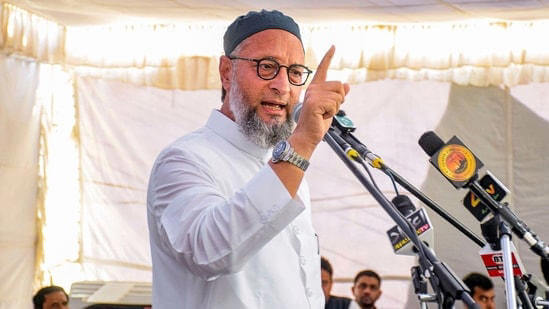
.jpg)
.jpg)
.jpg)


